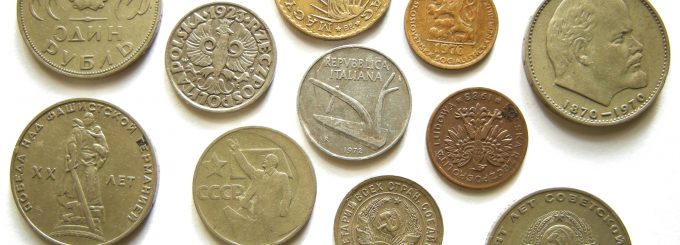Understanding Mint Marks and Their Importance

Every coin holds more than its face value; it carries a trace of history. Among the many details that coin collectors examine, mint marks often reveal the most fascinating stories. Mint marks indicate where a coin was produced and help determine its authenticity, rarity, and historical context.
For anyone drawn to the study and collection of coins, understanding mint marks offers insight into both historical and modern numismatic practices.
What Mint Marks Represent
A mint mark is a small letter or symbol stamped on a coin to show which mint produced it. This simple detail helps trace the coin’s origin and place of manufacture.
In the United States, mint marks have been used for centuries. Coins struck in Denver display a “D,” those from San Francisco an “S,” and coins from West Point a “W.” Coins without a mark are typically from Philadelphia, one of the country’s oldest mints.
Mint marks also tell the story of national expansion and economic growth. As new mints opened, mint marks became historical records showing how coin production spread across different regions to meet the nation’s changing needs.
Why Mint Marks Matter to Collectors
For collectors, mint marks carry meaning beyond small letters or symbols. They reveal information about rarity, historical value, and production trends. Two coins of the same year and design can differ in price simply because their mint marks are different.
Some mints produced fewer coins in certain years, which makes those issues more valuable today. Limited minting creates scarcity, driving collector demand and raising market prices. For instance, a coin struck in San Francisco during a particular year may be much rarer than one made in Philadelphia.
Historically, mint marks also helped maintain quality control. If irregularities or errors occurred, such as coins with incorrect weight or detail, officials could trace the issue back to a specific mint. This system improved accountability and strengthened public confidence in national coinage.
How Mint Marks Affect Coin Value
The mint mark often determines how much a coin is worth. Two coins that appear identical at first glance may vary greatly in price depending on their mint marks. Collectors studying rare dollars know that the mint mark can be the key factor that determines authenticity and worth.
Coins from smaller or short-lived mints tend to attract more interest since they were produced in limited quantities. Over time, even the placement of mint marks has changed – sometimes below the date, other times on the reverse side. This adds another layer of intrigue for numismatists and researchers.
Identifying and Reading Mint Marks
Recognizing a mint mark is one of the most useful skills for collectors. Start with a clean, well-lit workspace. A magnifying glass or jeweler’s loupe can help identify tiny markings that are difficult to see with the naked eye.
Mint marks are usually found near the date or denomination of the coin. Once identified, cataloging coins by their mint marks helps track production patterns and trends in value. This process turns collecting into a more informed and rewarding pursuit.
Begin Your Coin Journey with Coin Exchange
Here at Coin Exchange, we help collectors understand the meaning behind mint marks and recognize the value hidden in their coins. Our experts specialize in identifying rare pieces and guiding collectors through every stage of building a strong numismatic collection.
Visit us to explore unique coins, learn from professionals, and discover how mint marks can transform your collecting experience.


